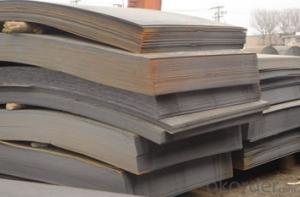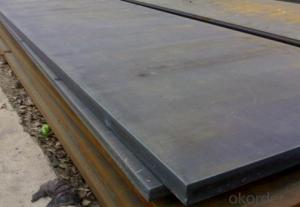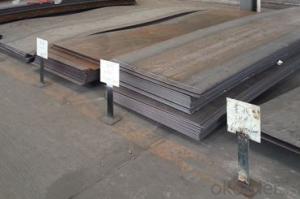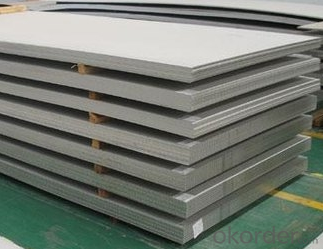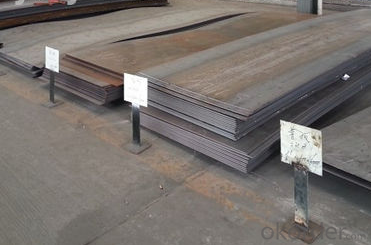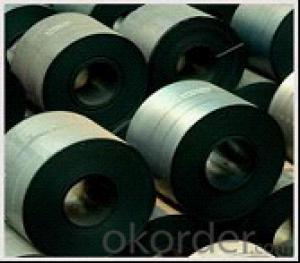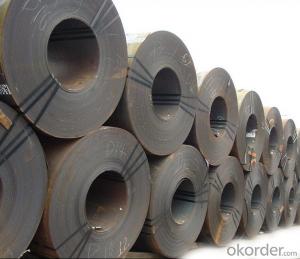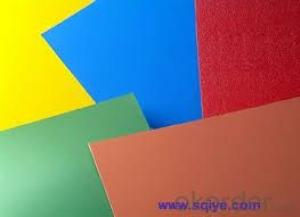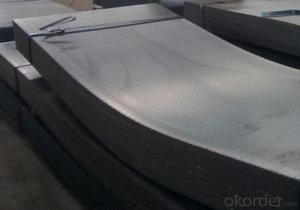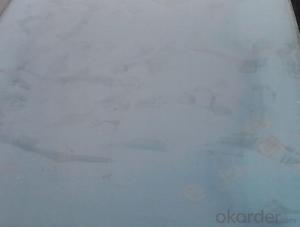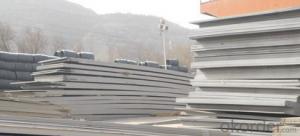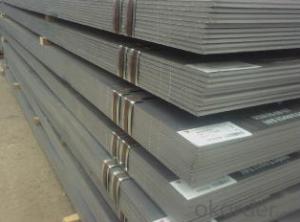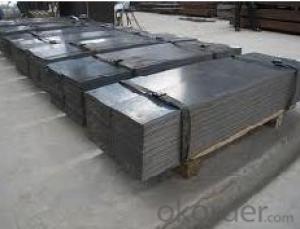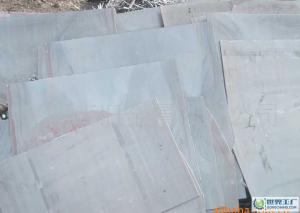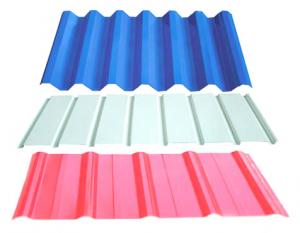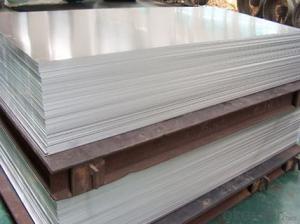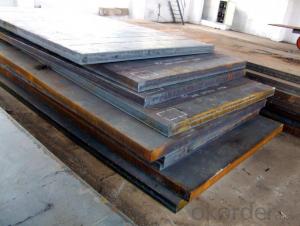Hot Rolled Carbon Steel Plate,Carbon Steel Sheet 20g, CNBM
- Loading Port:
- Qingdao
- Payment Terms:
- TT OR LC
- Min Order Qty:
- 10 pc
- Supply Capability:
- 30 pc/month
OKorder Service Pledge
Quality Product, Order Online Tracking, Timely Delivery
OKorder Financial Service
Credit Rating, Credit Services, Credit Purchasing
You Might Also Like
Quick Details
| Standard: | AISI, ASTM, DIN, GB, JIS | Grade: | A572,A573,A633,A678,A709,A710,G3101,G3136,etc | Thickness: | 1mm-200mm |
| Brand Name: | SHOU GANG GROUP, AN STEEL | Model Number: | Q235 | ||
| Type: | Steel Plate | Technique: | Hot Rolled | Surface Treatment: | Coated |
| Application: | widely | Special Use: | High-strength Steel Plate | Width: | 1000mm-3000mm |
| Length: | 1000mm-12000mm | Price Term: | FOB CIF CFR |
Packaging & Delivery
| Packaging Details: | standard seaworthy export packing or as the request of customers |
| Delivery Detail: | 10 days after deposit or according to customers' quantity |
Specifications
hot rolled carbon steel sheet
1.Thickness:1mm-200mm
2.Length:1000mm-12000mm
3.Width:1000mm-2000mm
hot rolled carbon steel sheet
| Product | HR steel plate prices carbon steel plate prices per kg |
| MOQ | 25 ton |
| Thickness | 1mm-200mm |
| Width | 1000mm-3000mm |
| Length | 1000mm-12000mm |
| Application | widely |
| Standard | AISI,ASTM,BS,DIN,JIS,GB,etc |
| Grade | A572,A573,A633,A678,A709,A710,G3101,G3136,etc |
| Tpye | Steel plate |
| Surfacing | Coated |
| Productive Technology | Hot Rolled & Cold Rolled |
| Port | |
| Payment Terms | L/C,T/T,Western Union,MoneyGram |
| Product Ability | 5000 tons per month |
| Delivery | 10 days after deposit or according to customers' quantity |
| Packing | standard seaworthy export packing or as the request of customers |
- Q: How do steel sheets perform in terms of fatigue resistance?
- Steel sheets are known for their outstanding fatigue resistance. Their high strength and durability allow them to endure repeated cyclic loading without experiencing significant damage or failure. This fatigue resistance is due to the material's capacity to absorb and distribute stress, effectively preventing the accumulation of cracks or fractures. Moreover, the fatigue resistance of steel sheets can be further enhanced through various heat treatment methods, like quenching and tempering, which improve their fatigue resistance properties. As a result, steel sheets are frequently chosen for applications where fatigue resistance is crucial, particularly in the automotive and aerospace industries, as they can endure prolonged and repeated loading without compromising their structural integrity.
- Q: What are the different jointing methods for steel sheets?
- There are several different jointing methods for steel sheets, including welding, riveting, adhesive bonding, and mechanical fastening.
- Q: Stainless steel plate and steel welding
- Can be welded, stainless steel electrodes must be used, but also more than you use the stainless steel plate material, a higher level of welding rod! Before welding, the steel is to be polished to rust. Sub arc welding can also be used
- Q: What is the difference between a HRPO and HRSPO steel sheet?
- HRPO and HRSPO are two types of steel sheets that differ in the way they are manufactured and their resulting properties. HRPO, which stands for Hot Rolled Pickled and Oiled, involves subjecting a hot rolled steel coil to a pickling process. This process removes impurities and scale from the surface using an acid bath. After pickling, the steel sheet is oiled to prevent corrosion during storage and transportation, resulting in a smooth and clean surface finish. On the other hand, HRSPO, which stands for Hot Rolled Skin Passed and Oiled, goes through an additional process called skin pass after pickling and oiling. During this process, the steel sheet is passed through a set of rolls to improve the surface finish and reduce its thickness. The skin pass process also gives the steel a certain level of cold work, enhancing its mechanical properties. In terms of properties, HRPO steel sheets have good formability, weldability, and paintability due to their clean surface and lack of scale. They are commonly used in applications that require a smooth surface finish, such as appliances, automotive parts, and exposed architectural components. HRSPO steel sheets, on the other hand, have an even better surface finish and reduced thickness compared to HRPO sheets. This makes them ideal for demanding applications where precise dimensional control and surface aesthetics are crucial, such as automotive body panels, electrical enclosures, and furniture manufacturing. In summary, the main difference between HRPO and HRSPO steel sheets lies in the additional skin pass process that HRSPO undergoes. This process results in improved surface finish, reduced thickness, and enhanced mechanical properties. The choice between the two types of steel sheets depends on the specific requirements of the application, such as surface quality, dimensional control, and mechanical performance.
- Q: Are steel sheets versatile in terms of design and customization?
- Yes, steel sheets are highly versatile in terms of design and customization. They can be cut, shaped, and formed into various sizes and shapes, making them suitable for a wide range of applications. Moreover, steel sheets can be painted, coated, or finished in different colors and textures, allowing for further customization to match specific design requirements.
- Q: What is the thickness range of steel sheets?
- The thickness range of steel sheets can vary widely, but typically they range from 0.4 millimeters to 6 millimeters or more, depending on the specific application and industry requirements.
- Q: How are steel sheets protected during transportation by sea?
- Steel sheets are protected during transportation by sea through various measures such as applying corrosion-resistant coatings, packing them in moisture-proof and weather-resistant materials, securing them with appropriate lashing and bracing, and using specialized shipping containers or vessels equipped with proper ventilation and humidity control systems. These measures ensure that the steel sheets remain intact, free from rust, and undamaged throughout the sea voyage.
- Q: What's the difference between single rolling steel sheet and continuous rolling steel plate?
- Continuous plate refers to the hot rolling and cold rolling steel plate, rolling steel in rolling end is rolling roll, after Kaiping became a continuous plate after segmentation, due to the presence of curling and Kaiping rolling steel process, usually there are some residual stress, usually thin (less than 25mm) is narrow (usually below 2100mm).
- Q: What is the average thermal expansion coefficient of steel sheets?
- The average thermal expansion coefficient of steel sheets is typically around 10-12 x 10^-6 per degree Celsius.
- Q: Can steel sheets be used for automotive manufacturing?
- Certainly, steel sheets have the ability to be employed in automotive production. The automotive sector extensively utilizes steel due to its robustness, longevity, and cost efficiency. Steel sheets find common application in diverse automotive constituents like body panels, chassis, frames, and structural reinforcements. They offer the essential strength and stiffness necessary to ensure the safety and functionality of vehicles. Furthermore, steel sheets can be effortlessly shaped and molded into various forms, rendering them appropriate for intricate automotive designs. Additionally, steel is easily obtainable, hence making it a favored option for automotive manufacturers.
Send your message to us
Hot Rolled Carbon Steel Plate,Carbon Steel Sheet 20g, CNBM
- Loading Port:
- Qingdao
- Payment Terms:
- TT OR LC
- Min Order Qty:
- 10 pc
- Supply Capability:
- 30 pc/month
OKorder Service Pledge
Quality Product, Order Online Tracking, Timely Delivery
OKorder Financial Service
Credit Rating, Credit Services, Credit Purchasing
Similar products
Hot products
Hot Searches
Related keywords
